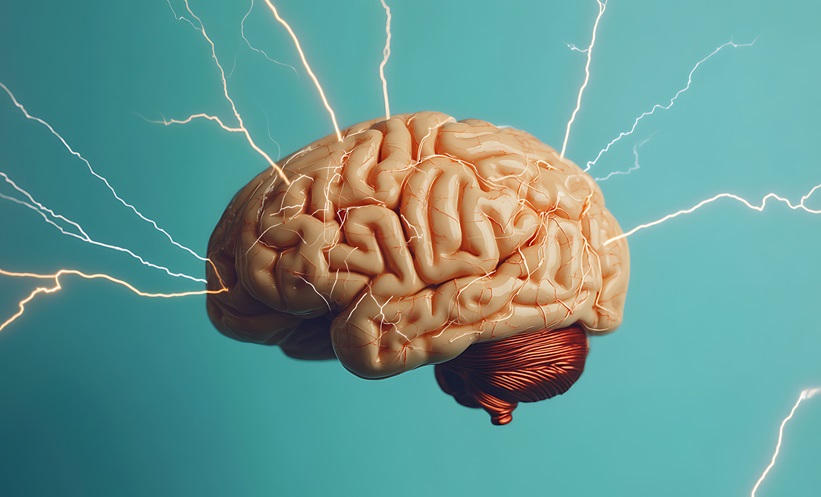Migraine headache is one of the most common and debilitating neurological disorders. According to the European Federation of Neurological Societies (EFNS) guideline, prophylactic treatment should be considered ‘’when the quality of life is severely impaired, when two or more attacks occur per month, when migraine attacks do not respond to acute therapy, or in case of frequent, very long, or uncomfortable auras.’’1 However, patients are often dissatisfied due to ineffectiveness, cost, and side effects of conventional drugs. Therefore, there is a high demand of non-pharmacologic alternatives for migraine prophylaxis.
Complementary and Alternative Medicine (CAM) is a group of diverse medical and healthcare systems, practices, and products that are not presently considered to be part of conventional medicine.2 There is growing evidence of CAM in the prevention of migraine, including the use of nutraceuticals. Non-pharmacological therapies include behavioural treatments, physical therapies, and acupuncture. Nutraceuticals include vitamins, supplements (magnesium, riboflavin, coenzyme Q10, and alpha lipoic acid), and herbal preparations (feverfew and butterbur), and its usage is frequently determined by dissatisfaction with conventional medical therapies. Behavioural techniques comprise a series of strategies, including relaxation, thermal and electromyographic biofeedback, and cognitive behavioural therapy, which have been used in migraine therapy mostly with the aim of teaching patients to better cope with symptoms and identifying potential triggers for headache. Relaxation techniques include progressive muscle relaxation, autogenic training, and meditation.
Currently, there is increasing evidence for the efficacy and tolerability of these CAM approaches in the migraine prophylaxis.3-6 Although these strategies may be used instead of traditional medications, using them in conjunction with conventional pharmacological therapies as part of a multidisciplinary treatment plan is more likely to result in an optimum response. The authors aim is to evaluate the prophylactic effect of the combination of nutraceuticals and relaxation methods in migraine prophylaxis.
The randomised-controlled trial was conducted at the outpatient department of the Headache Clinic of Eginition Hospital, Athens, Greece, between 2016 and 2017. Ninety patients meeting criteria for chronic migraine according to International Classification of Headache Disorders (ICHD)- 3 beta criteria were enrolled.7 The study used a parallel-group design, with participants randomly assigned to the nutraceuticals group (n=20) (coenzyme Q10, riboflavin, Petasites hybridus, 400 mg each), relaxation group (n=20), combined group (n=20), and control group (standard care n=20) for 2 months. Inclusion criteria were: 1) male/female 18–75 years old; 2) diagnosis of migraine <50 years (ICHD-3beta); 3) 15–28 headache days/month, of which >8 met criteria for migraine. Exclusion criteria were: 1) other types of primary headache; 2) medication overuse; 3) failure of previous prophylaxis; 4) the use of migraine prevention for the past 2 months; 5) pregnancy. Patients were instructed to complete the diary at the end of each day, noting whether they had a headache and to record the mean intensity of pain on a 0–10 scale. There were no differences in headache-related and demographic characteristics between the groups at baseline. At the 12-month follow-up assessment, both nutraceuticals and relaxation had significantly reduced headache frequency and intensity, and effects were maintained (p<0.05 for all). The combined intervention was significantly superior to either therapy alone (p<0.05).
Combination of coenzyme Q10, riboflavin, petasites, and relaxation could be beneficial and safe for the prevention of migraine. Large clinical trials are especially needed in this field and will hopefully allow a better understanding of headache disorders, as well as a more individual-based approach to treatment in the future.







